“I have loved sharks for as long as I can remember. I was raised on Discovery Channel’s Shark Week, watching every show and memorising all the facts that I could. It’s a dream come true that I’ve grown up to work directly with sharks and contribute to research about them.” – Paul Clerkin
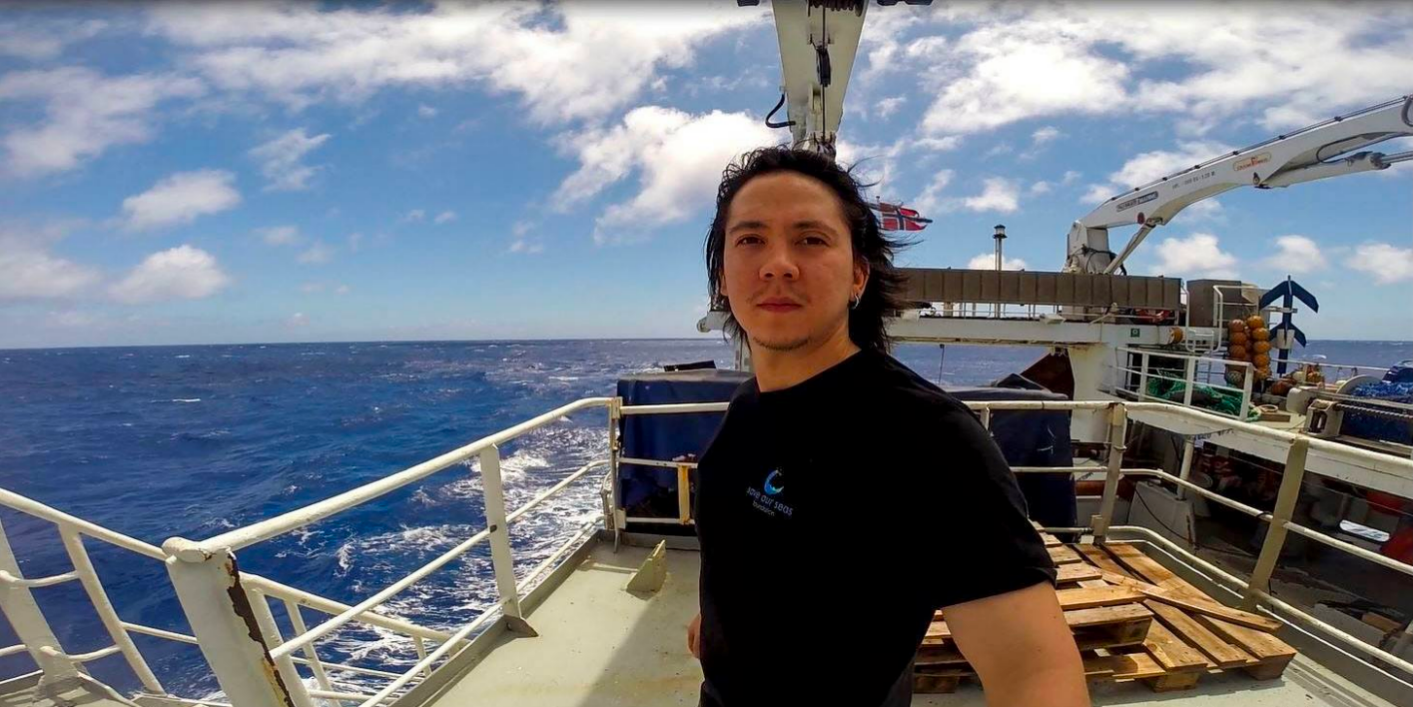
Paul Clerkin onboard the R/V Dr. Fridtiof Nansen serving as a shark expert for the EAF-Nansen Programme in cooperation with FAO/UN back in 2015
In its relentless endeavors to support innovation for the better, Creality has collaborated with Paul Clerkin, a shark researcher at Virginia Institute of Marine Science in USA. Immersing himself in studying sharks and other marine species, he has ventured across the Atlantic, Pacific, and Indian oceans. In the past, Paul collaborated with the United Nations, the Save Our Seas Foundation, and regional fisheries management organizations – some of the endeavors are still ongoing.
Beyond the seas, Paul dedicates his time to planning new expeditions, designing cutting-edge equipment like a fin-mounted camera tag for sharks, designing a passively intuitive eDNA sampler for environmental data and environmental DNA (eDNA) samples, a project that he’s “particularly excited about right now”, and studying these samples collected at sea in the laboratory.
From the Unseen to the Uncharted: Paul's Meaningful Explorations
As a passionate marine biologist, Paul's daily life is a dynamic blend of sea expeditions, laboratory research, and innovative projects. “I have explored deep-sea sharks of the Southern Indian Ocean, an area so poorly explored it has been referred to as Earth’s final frontier,” Paul tells of his expeditions. There, he has discovered over a dozen new shark species and historically satellite-tagged a Megamouth shark, a feat yet to be published.
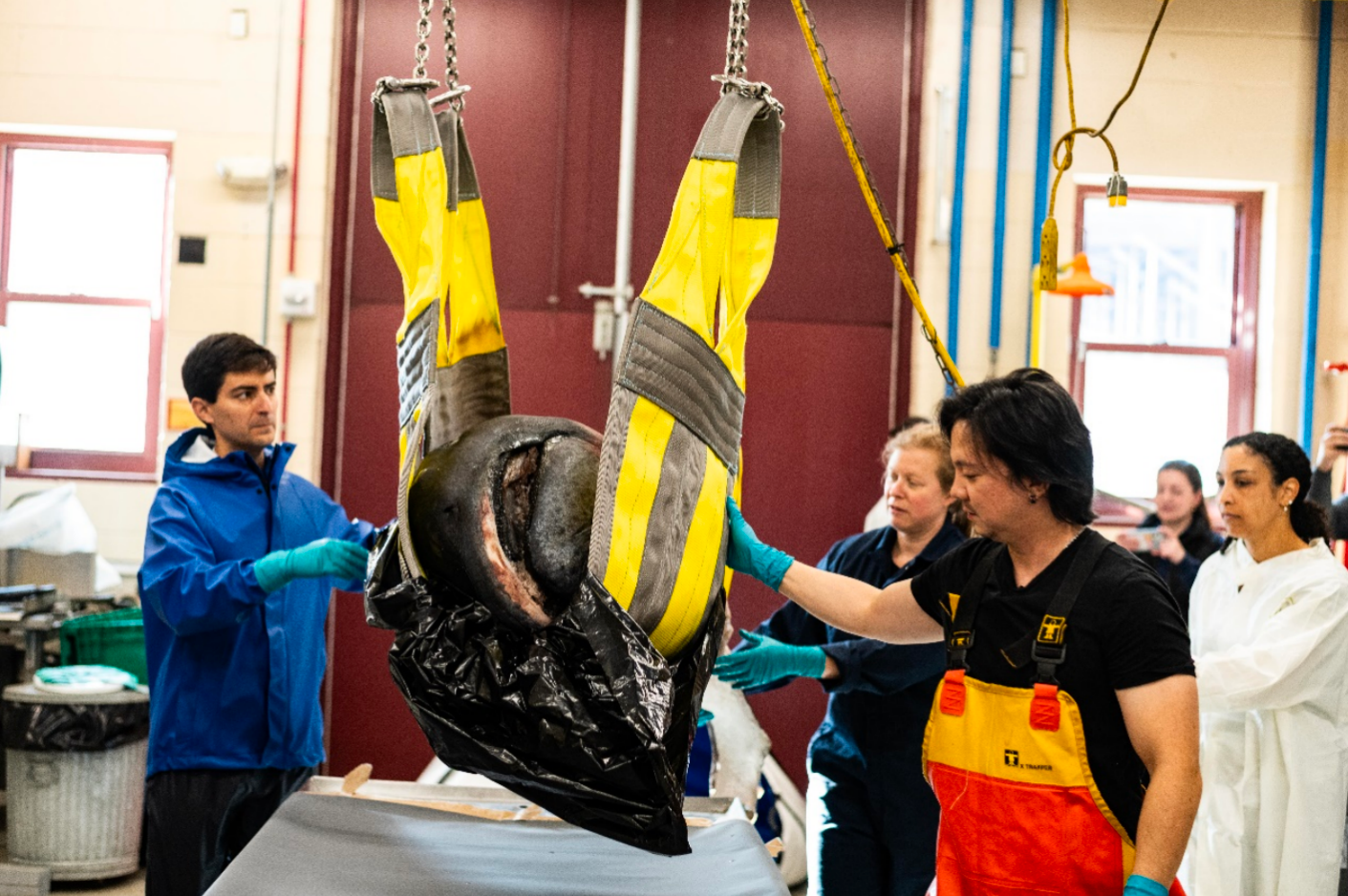
Collecting samples from a Megamouth head at the Smithsonian before preserving it for the museum’s collection
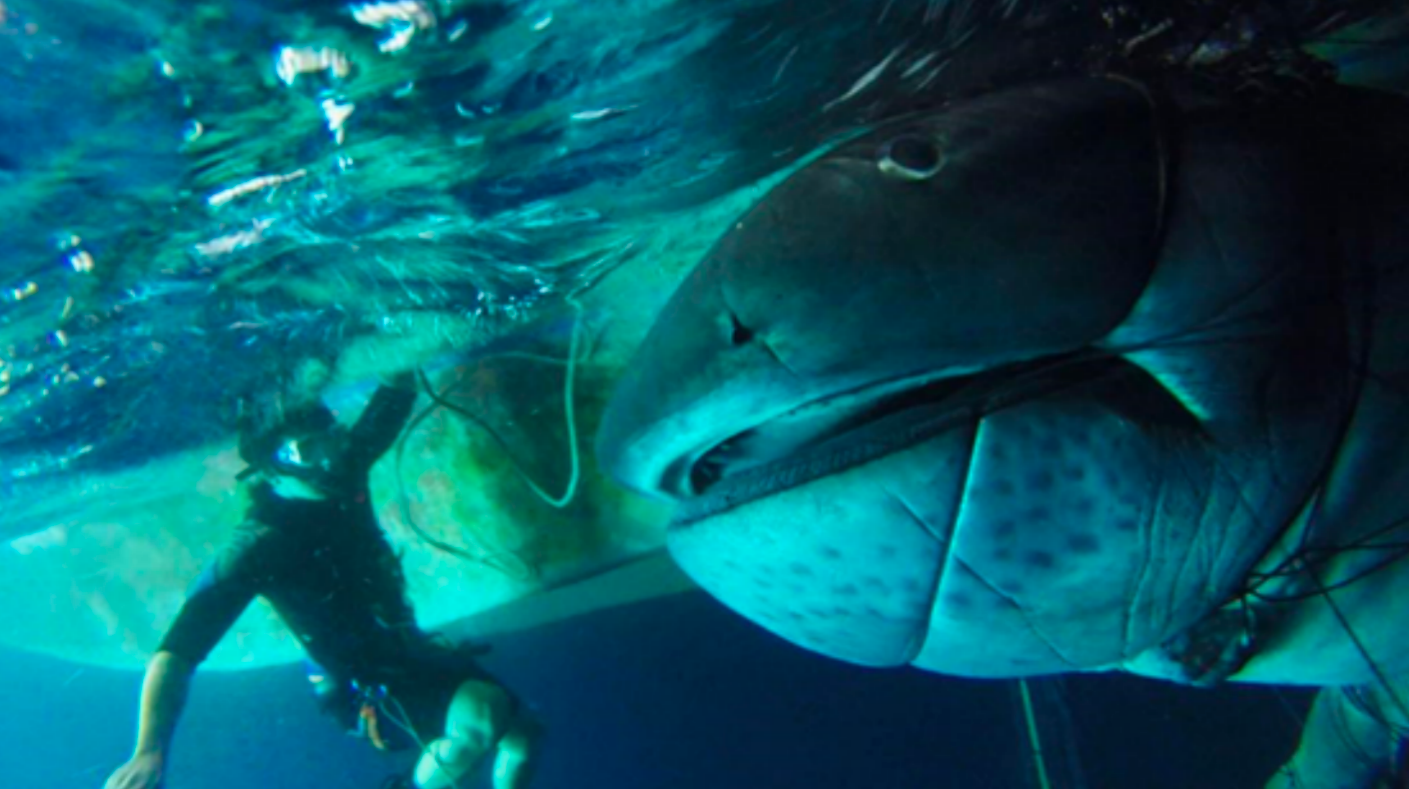
The Megamouth was tagged in the Pacific Ocean off Taiwan
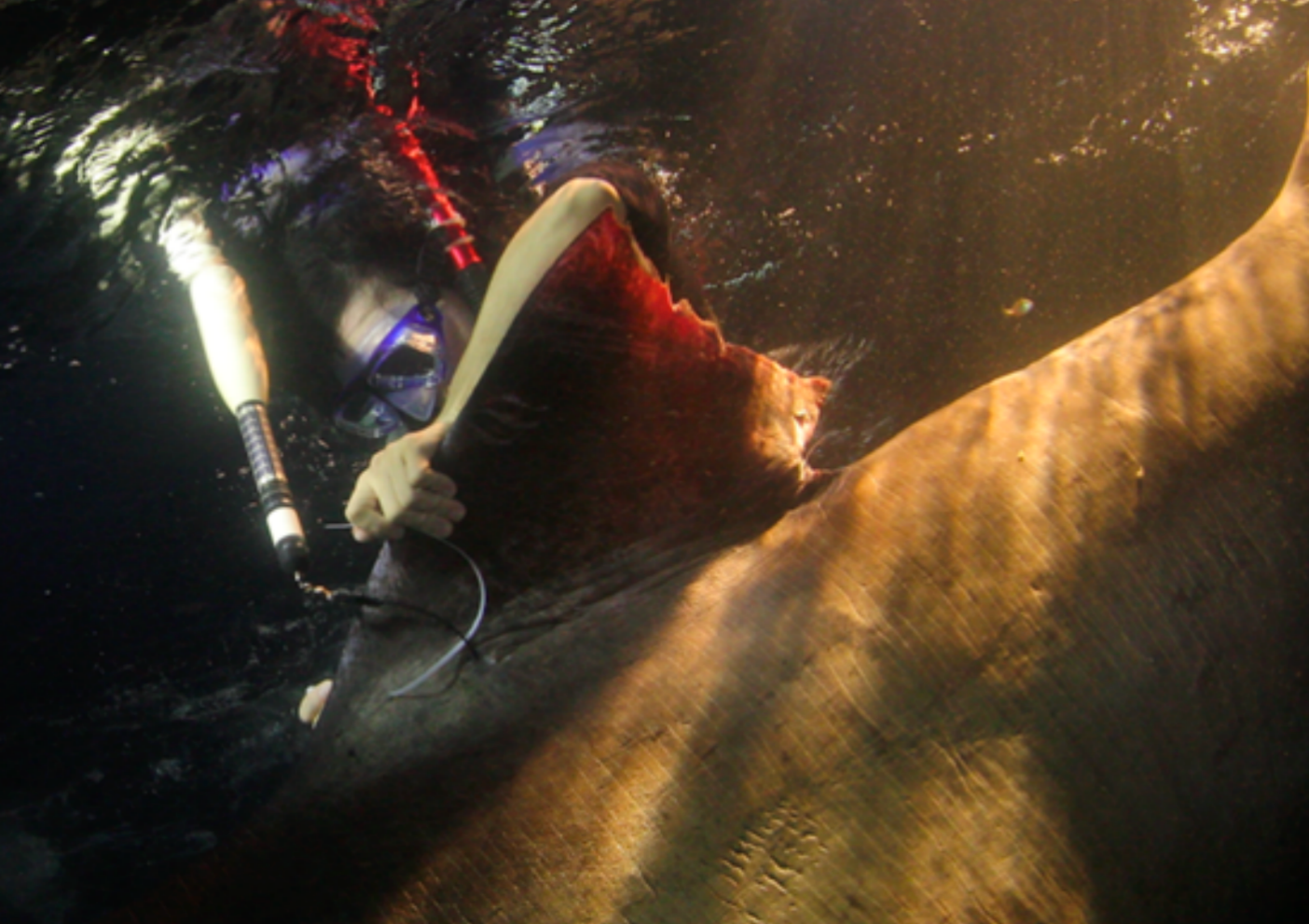
Sharing his insights, Paul has featured in network documentaries including Shark Week and served as a consultant for the United Nations, showcasing the importance of marine research. In recent years, he has also been contributing to fish museums worldwide, including giving a talk at Museum of Discovery and Science alongside sending specimens to the Smithsonian, the California Academy of Sciences, the National Museum of Natural History among a bunch of other international collections.
Aiming to democratize the eDNA technology to survey shark populations, Paul is also collaborating with colleagues on a 3D printable sampler, making eDNA surveys accessible to a wider audience. “The goal is to make this exciting new technology available to any interested person or group that has access to a 3D printer,” Paul shares his enthusiasm.
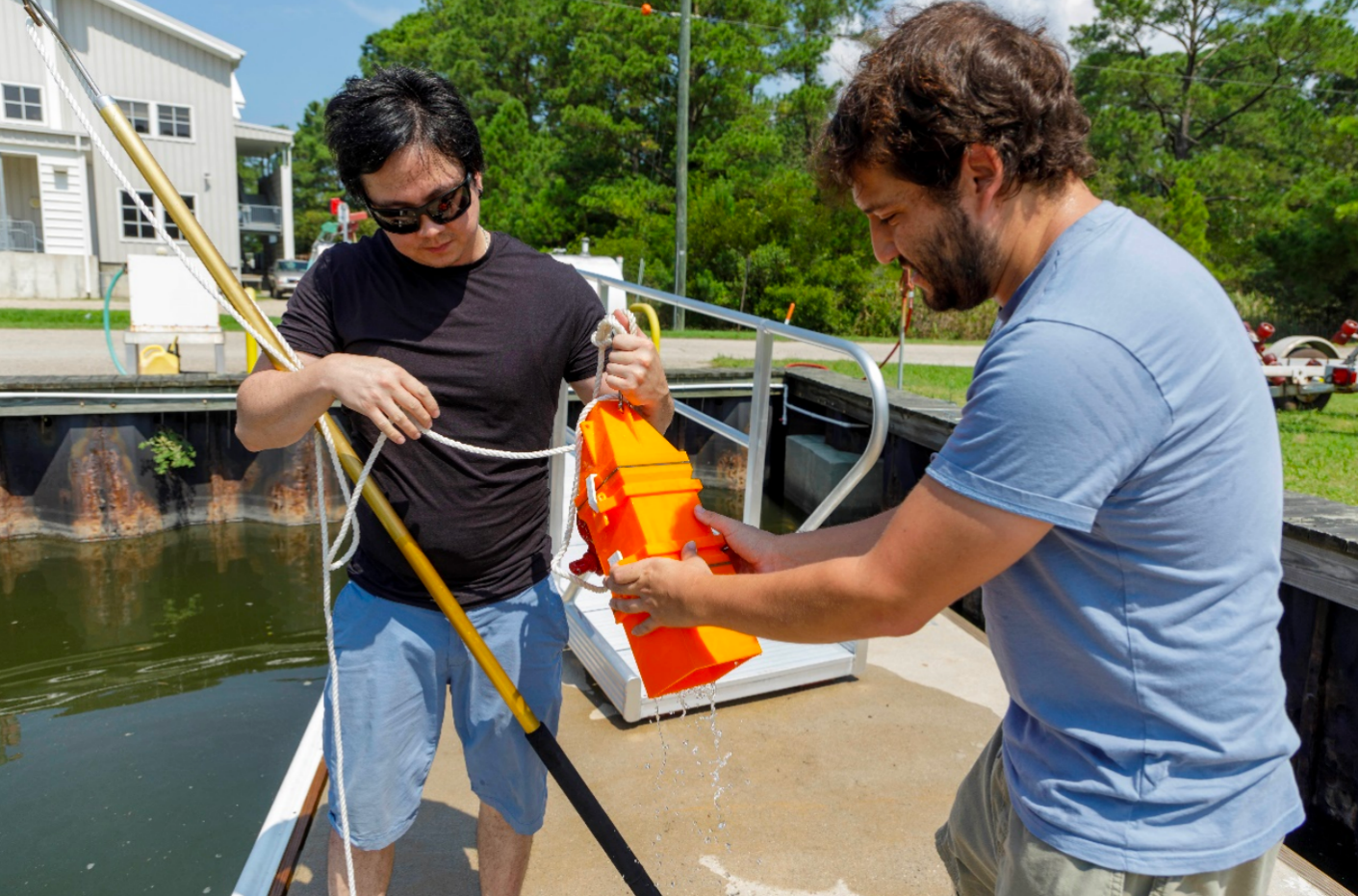
Miguel Montalvo and Paul Clerkin testing their 3D printed eDNA sampler before field trials
Interacting with 3D Printing and Scanning to Empowering Future Expeditions
Although relatively new to 3D printing and scanning, Paul recognizes their potential in cyber-taxonomy for shark research: “3D printing is developing quickly and has become an important tool for researchers especially those using novelty of highly specialized equipment.”
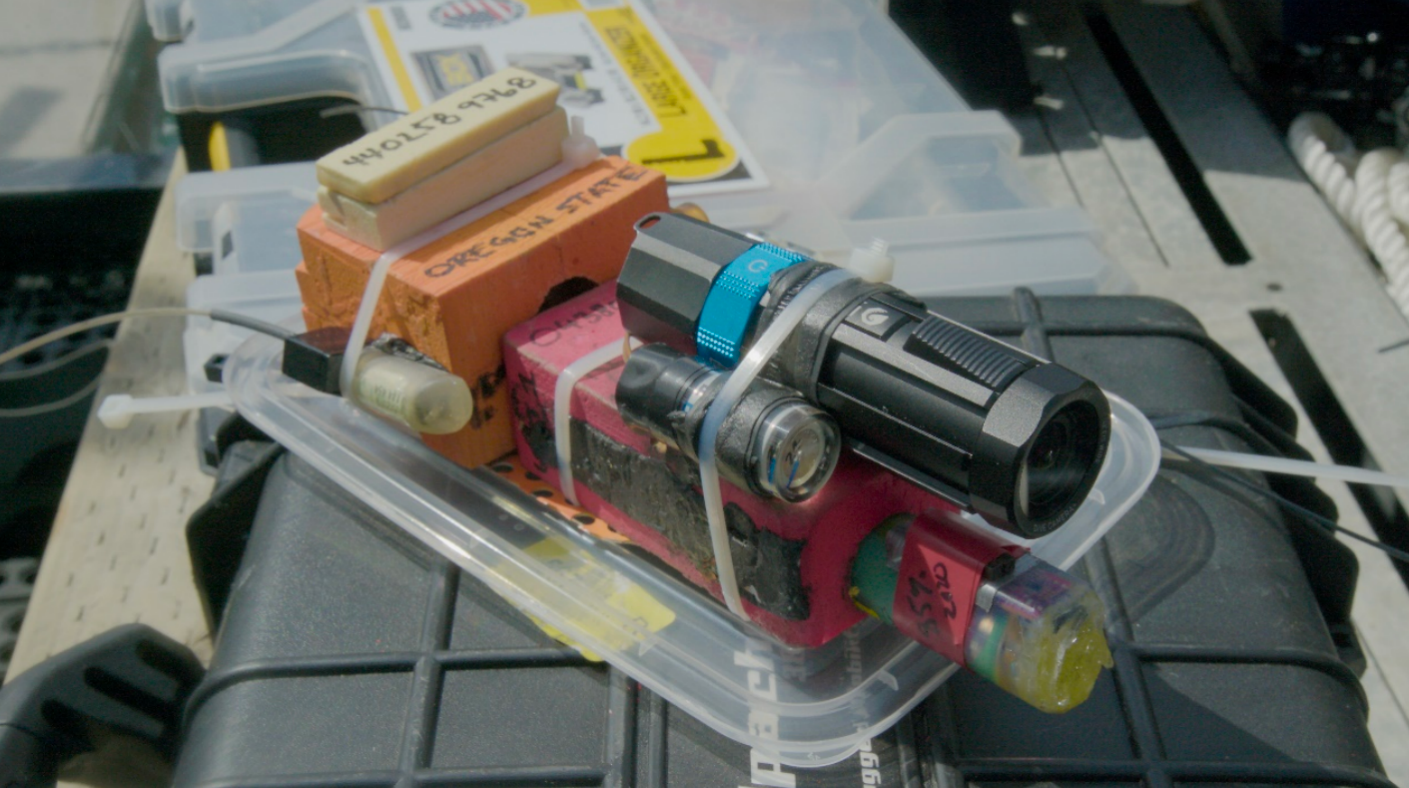
Utilizing a dive camera and biologger for a camera tag onto a Pacific Sleeper Shark
As Paul gears up for another expedition in the remote Indian Ocean, his focus is on collecting valuable information. “The area that I study in the Indian Ocean is very remote and poorly studied. Because research in this area is so rare, I really hope to collect as much data and samples as possible,” Paul continues.
Utilizing 3D printing for specialized equipment, he aims to make high-budget research solutions affordable and popular. “A lot of this exploration will need specialized equipment for deep-sea eDNA, deep-water plankton samplers, etc. I hope to be able to print innovative solutions to help me research sharks in cheap and new ways and make this information available to the public so that others can build upon this work,” Paul explains.

Tagging a bigeye thresher shark off Taiwan
After collecting specimens, the issue comes to storing and displaying them, and further excitingly, scanning and 3D printing the samples. That’s where 3D scanning comes in for Paul. “Most of the animals that I encounter on these expeditions are very rare. It is often difficult to gain access to rare specimens and as taxonomists we strive to write accurate and inclusive species descriptions,” Paul tells of the gap between inaccessible specimens and enthusiasts worldwide, referring to the low availability of museum specimens.

Taking a genetics sample from a deepwater fish in the Indian Ocean
And he thinks of bridging the gap. “I aim to scan these rare specimens so that digital models can be used by researchers, educators, and other stakeholders to study specimens that would otherwise be unavailable. I believe cyber-taxonomy will be an important new aspect for shark research.” That was how he received a CR-Scan Lizard combo from Creality.

Right now, Paul excitedly waits for the dissection on a Megamouth specimen to take place at the Smithsonian: “This would be a great place to talk about and demonstrate 3D scanning’s potential role in the future of taxonomy and sharing specimens through 3D scanning and 3D printing.” In more recent moves, he has presented at the Seattle Aquarium’s lightning talks remotely, explaining how marine biology can be aided by technologies like eDNA and 3D printing/scanning.
A Sneak Peek into the Expedition: Unveiling the Secrets of the Southern Indian Ocean
Set to explore the Southern Indian Ocean offshore region again in August later this year, Paul's looking to further unveil the mysteries of the deep-sea ecosystem. “We are interested in cataloging the species in this area using taxonomy and genetics - many will likely be new species,” Paul says.

“We also want to learn more about shark age and growth, life history, distribution, and other factors we need to understand to better protect them,” Paul continues, adding that he’s nonetheless committed to collecting deep-water fish larvae and other species, “I focus on sharks but there will be many new bony fish, cephalopods, and invertebrate species.”

As his team aims to leverage technologies such as eDNA and deepwater cameras in their study of the area, they are also working on “better data collection practices” and ready to come forth with “information to provide policy makers with advice on how to better protect sharks in the future.”
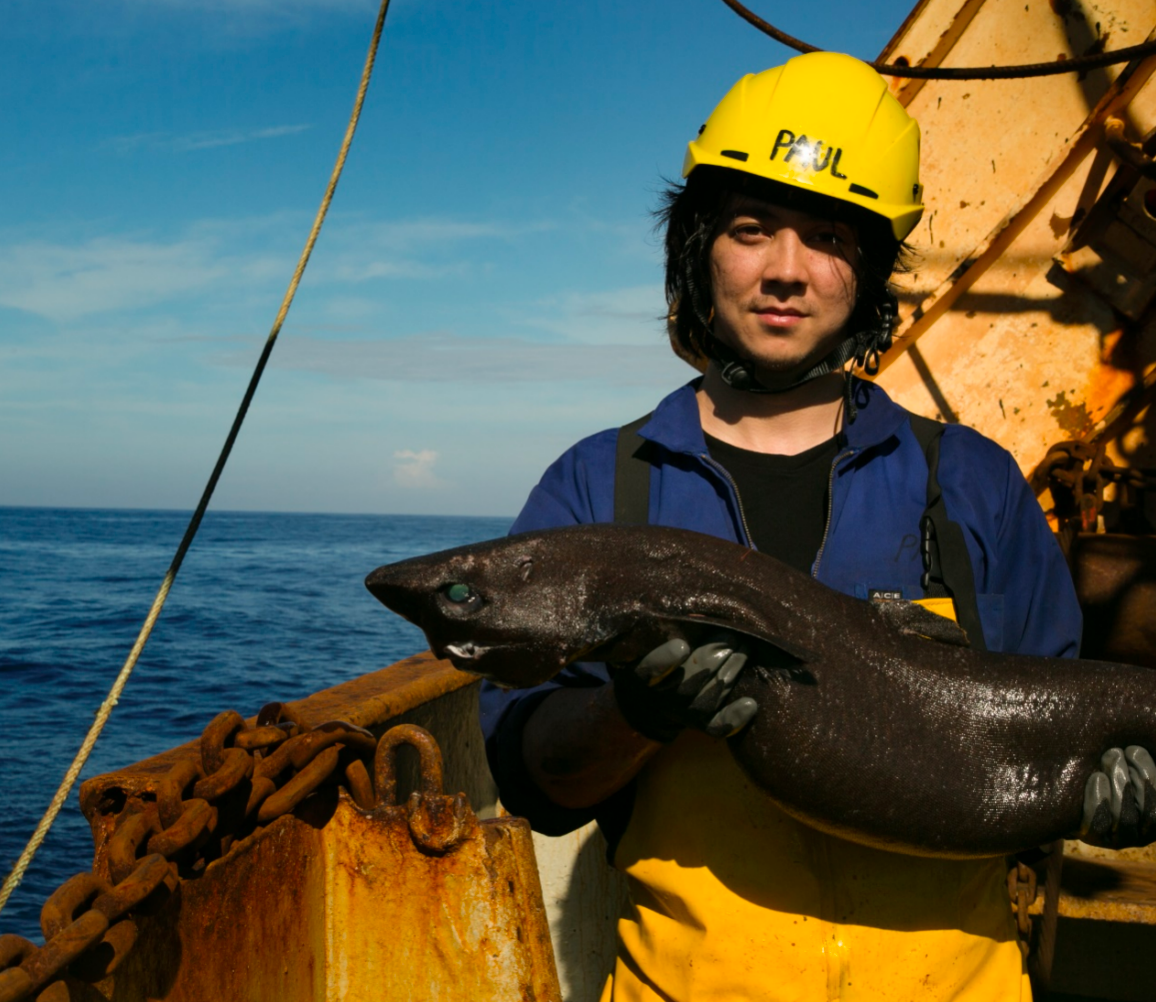

For us, Paul's journey symbolizes the union of marine science, technology, and environmental conservation. Creality proudly supports Paul Clerkin's mission, recognizing the transformative power of 3D printing and scanning in unlocking the secrets of our oceans and safeguarding our planet. Stay tuned as Paul embark on this incredible marine exploration, bridging the realms of technology and marine biology for a sustainable future.
At Creality, we believe in realizing dreams.
Check out Paul Clerkin’s IG page to learn about his marine research:
https://www.instagram.com/p/Ck_VGipLn1V/?hl=en
Watch Paul Clerkin present at the Seattle Aquarium’s lightning talks and talk about eDNA and 3D printing/scanning: https://www.youtube.com/watch?v=NBB0GVfViSY&ab_channel=SeattleAquarium
More information on Paul Clerkin’s research can be found at: https://pauljclerkin.com/
